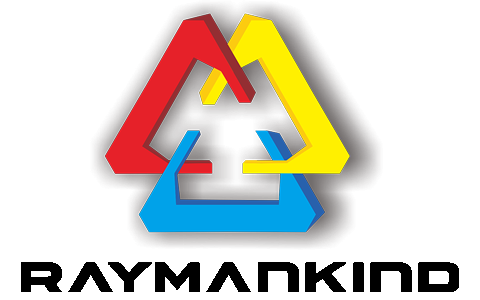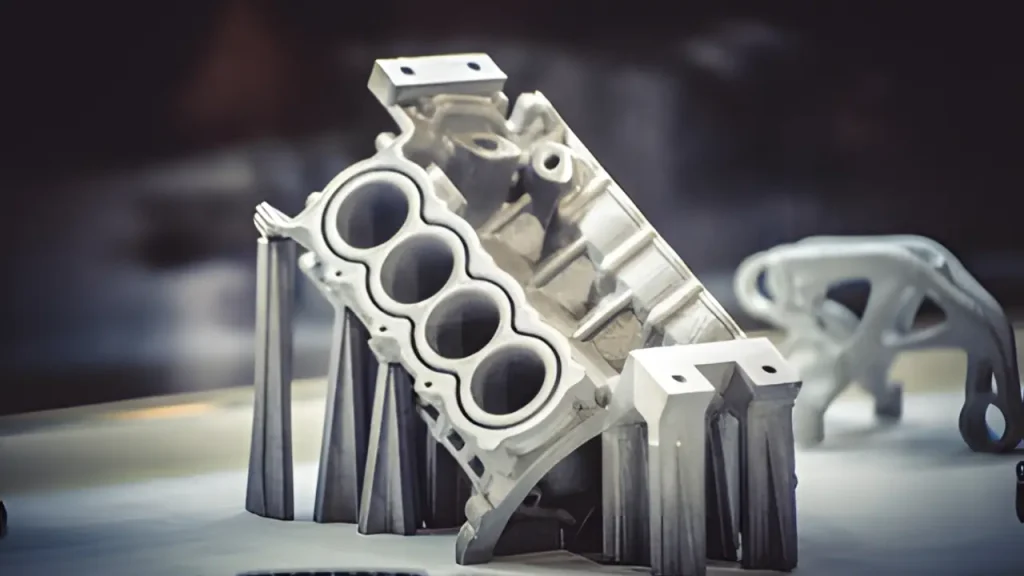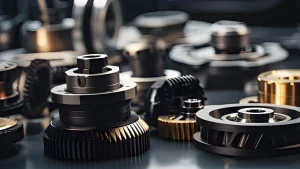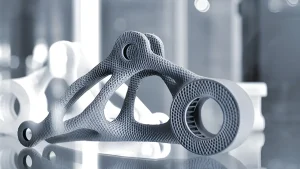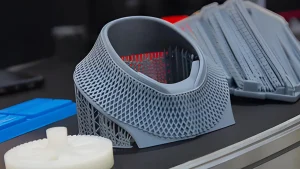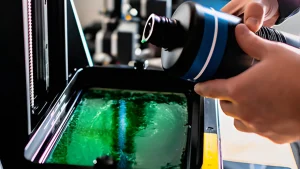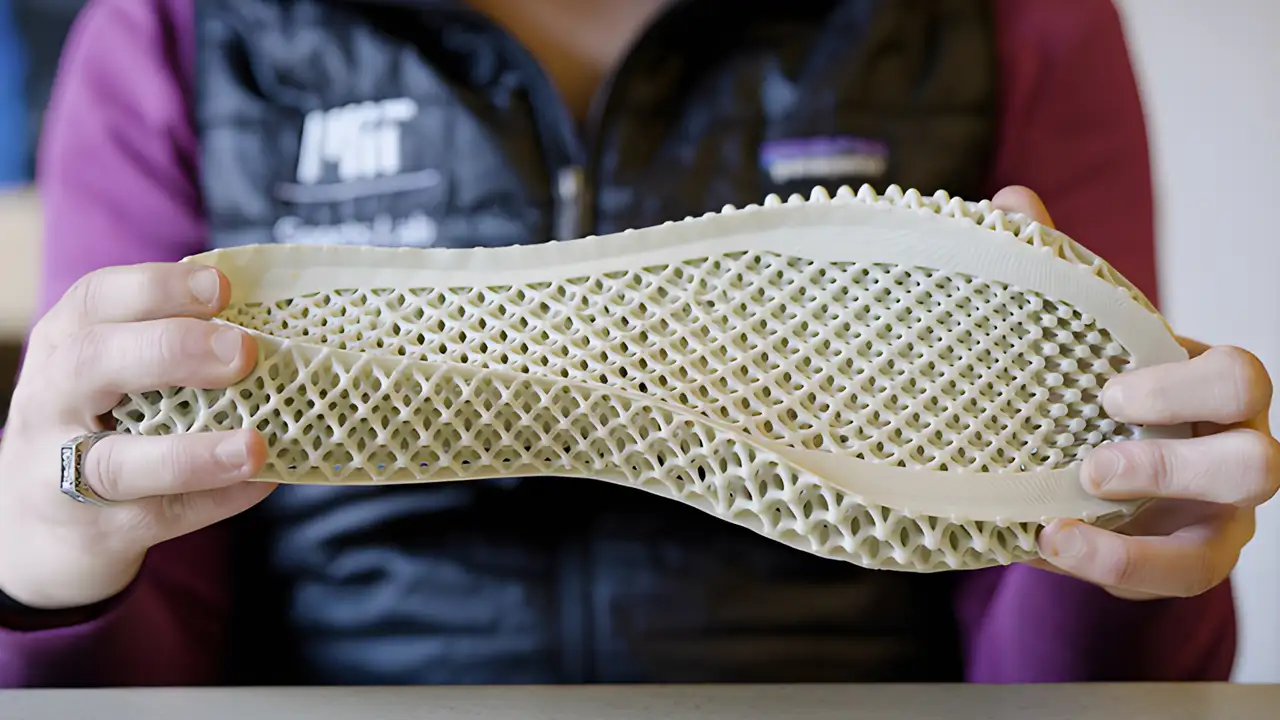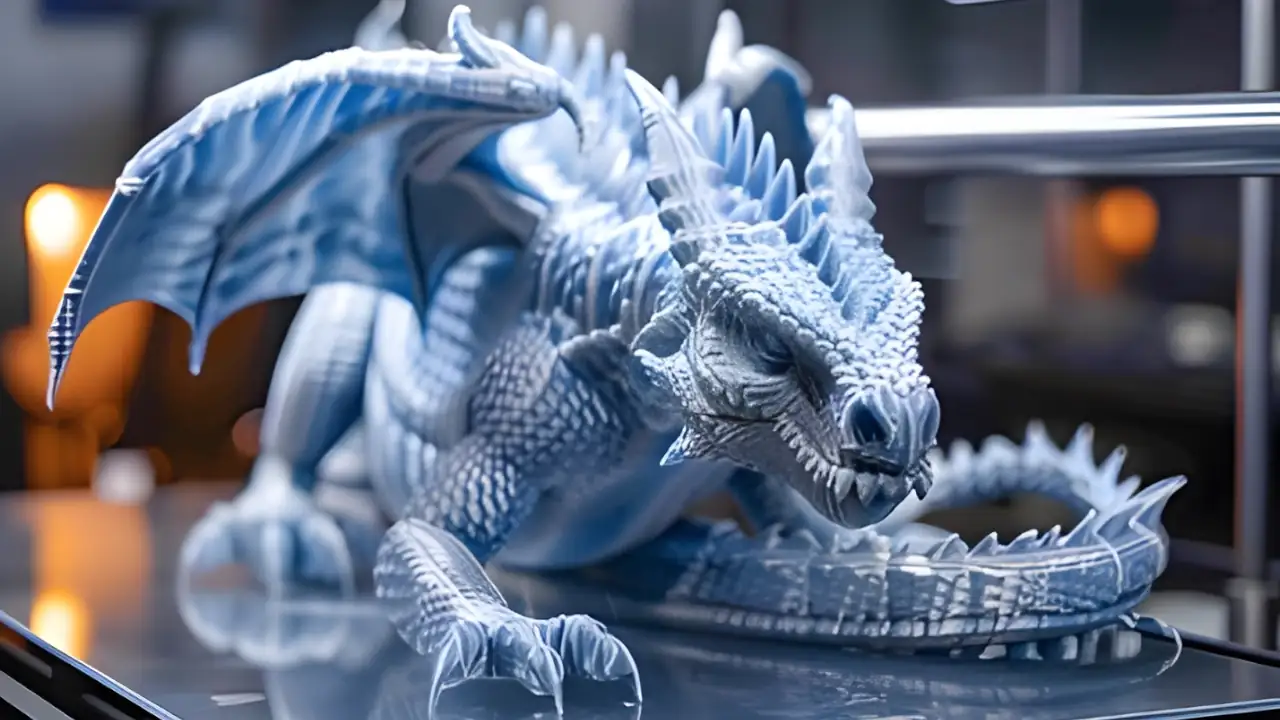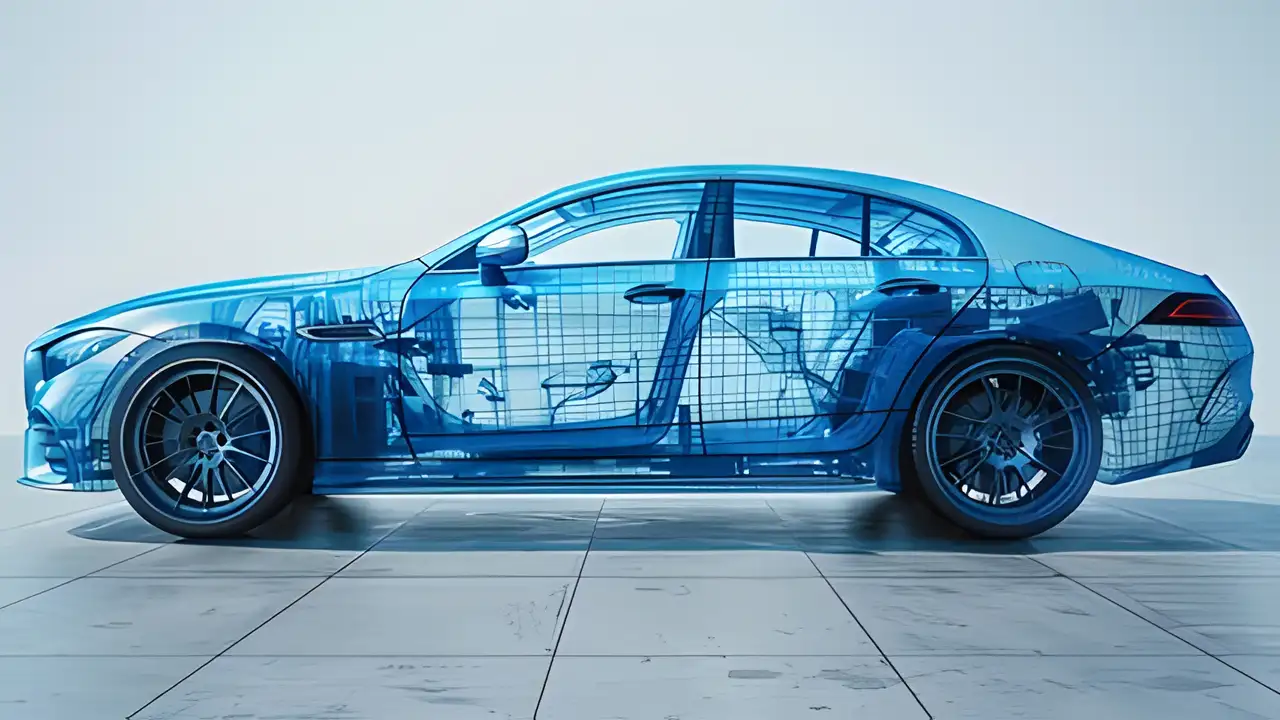Industrial 3D printing is transforming how industries approach manufacturing and design. As this technology evolves, its applications are expanding into diverse fields, creating exciting opportunities for innovation. Here’s a look at five rising applications of industrial 3D printing that are shaping the future.
1. Aerospace Manufacturing
Customization and Lightweight Components: 3D printing is revolutionizing aerospace by producing lightweight, custom parts for aircraft and spacecraft. These components not only enhance fuel efficiency but also improve overall performance. One source from NASA discusses how 3D printing technologies have been utilized to produce high-performance parts, cutting down weight significantly while maintaining structural integrity. Additionally, the ability to produce parts with complex geometries that would be difficult or impossible to achieve with traditional manufacturing methods is a key advantage of 3D printing in aerospace.
Rapid Prototyping: The ability to quickly develop and test prototypes using 3D printing shortens lead times and reduces costs. This rapid prototyping accelerates innovation, allowing aerospace engineers to iterate designs swiftly and cost-effectively.
2. Medical Devices and Prosthetics
Personalized Medical Solutions: Advances in 3D printing are enabling the creation of bespoke prosthetics and implants tailored to individual patients. This customization enhances comfort and functionality, leading to improved outcomes in patient care.?
Bioprinting: The potential of 3D printing extends to bioprinting, where researchers are working on printing biological tissues and organs. While still in the experimental phase, bioprinting promises groundbreaking advancements in regenerative medicine.
3. Automotive Industry
Custom Parts and Tools: In the automotive sector, 3D printing facilitates the production of custom tooling and intricate parts, optimizing efficiency and allowing for innovative designs. Automakers use this technology to streamline production processes and enhance vehicle performance.?
On-Demand Production: The shift towards on-demand manufacturing is reshaping inventory management and supply chains. 3D printing enables the production of parts as needed, reducing waste and minimizing storage costs.
4. Construction and Architecture
3D Printed Buildings: 3D printing is making waves in construction by enabling the creation of building components or entire structures. This technology promises cost-effective construction solutions and opens new avenues for architectural design. According to a recent study, 3D printed buildings can be completed up to 70% faster than traditional methods.
Sustainable Building Materials: Innovations in 3D printing are also focusing on sustainable and recycled materials. This approach reduces environmental impact and promotes greener construction practices.
5. Consumer Goods and Fashion
Customizable Products: 3D printing is redefining consumer goods and fashion by allowing for the creation of personalized items, from jewelry to footwear. This customization meets individual preferences and adds a unique touch to everyday products.?
Small-Batch Production: The ability to produce small batches on demand is revolutionizing niche markets and limited-edition products. This flexibility supports creativity and caters to specialized consumer needs.
These applications demonstrate the transformative potential of industrial 3D printing across various industries. As technology advances, we can expect even more innovative solutions that push the boundaries of what’s possible.
Explore how these 3D printing advancements might influence your industry or business. Embrace the future of manufacturing and design with Raymankind, where imagination meets reality.
